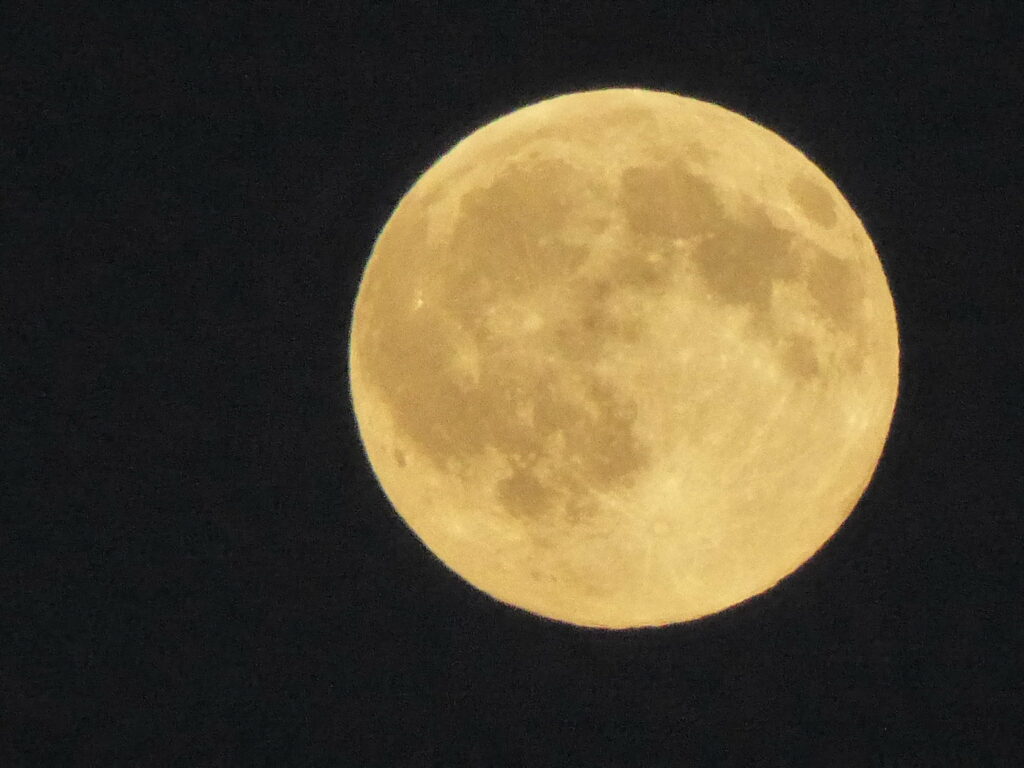In a bit to solve internet connectivity issues in space, NASA has partnered with Nokia to set up a 4G network on the Moon, as part of the Tipping Point project. The plan is to first build a 4G network, and eventually transition to 5G, just like on Earth. It will be the first 4G communication system in space.

NASA awarded Nokia $14.1 million to deploy the cellular network on the Moon. The grant is part of $370 million worth of contracts for lunar surface research missions. Most of the funds were given to large space companies such as SpaceX and United Launch Alliance to perfect techniques to make and handle rocket propellant in space.
The project will have to move fast to stay in line with NASA’s goal to have astronauts working at a lunar base by 2028.
“We need power systems that can last a long time on the surface of the moon, and we need habitation capability on the surface,” NASA Administrator Jim Bridenstine said in a statement.
Back in 2018, Nokia and British firm Vodafone had announced their goal for a moon mission. They intended to launch a lander and rover built by Audi, utilizing a SpaceX rocket. They would set down near the Apollo 17 landing site and examine the Luna Roving vehicle astronauts left behind in 1972.
To the moon! 🌕
We are excited to have been named by @NASA as a key partner to advance “Tipping Point” technologies for the moon, to help pave the way towards sustainable human presence on the lunar surface.
So, what technology can you expect to see? (1/6) pic.twitter.com/wDNwloyHdP
— Bell Labs (@BellLabs) October 15, 2020
The launch never took place but the new contract with NASA brings Nokia’s plans for moon projects to life. The upcoming 4G network could allow for surface communications at greater distances, increased speeds, and provide more reliability than current standards, NASA explains. This means communication between lunar landers, rovers, habitats, and astronauts would be possible thanks to the service, said Jim Reuter, associate administrator for NASA’s Space Technology Mission Directorate. Nokia will look at how terrestrial technology could be modified for the lunar environment, he adds.
The moon’s cellular network will operate during lunar landings and launches. At the same time, it will be designed to tolerate the particularities on the lunar surface such as radiation, extreme temperature, and vacuum.
The network will allow astronauts to control lunar rovers, stream high-definition videos, transmit data, and have real-time navigation of the lunar geography. While 4G networks on Earth need big cell towers with power generations, Nokia has created small cell technology that is much easier to pack into a rocket ship.
Other technologies funded by NASA include demonstrations of lunar surface power generation and energy storage. Intuitive Machines will develop a hopping robot that could launch and carry small packages from one lunar site to another, while Alpha Space will create a small laboratory that could land on the moon’s surface.









